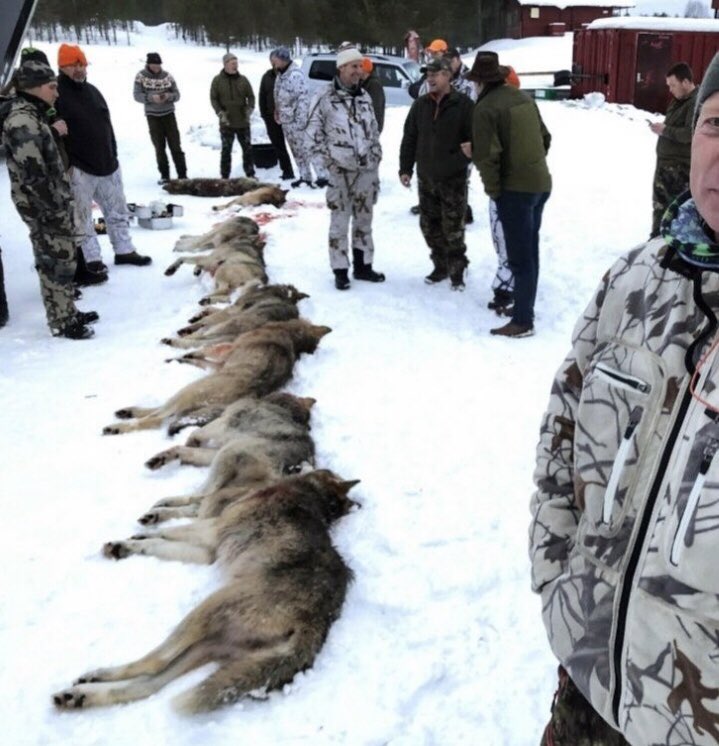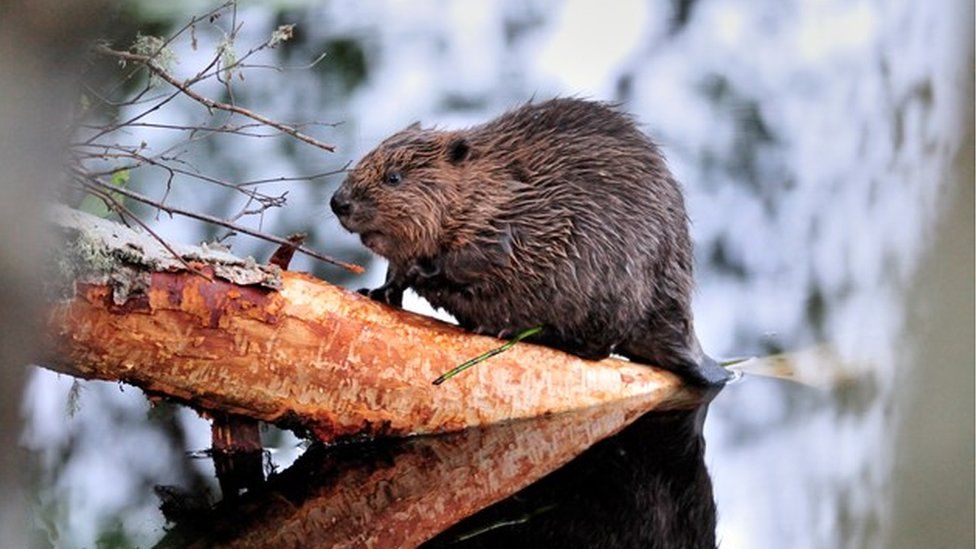At the beginning of the year, a census showed that the population of wolves in Norway was about 81. This (you would think) is a population way to small to need a cull. Indeed at this population, you would think that even for trophy hunting, if you hope to be able to sell hunting permits again should be kept to single digits. In the Sierra de culebra is a hunting reserve: this reserve hosts around 80 wolves, and they allow at most 10 wolves to be hunted each year.
Norway announced that it would allow 51 wolves to be shot – about 60% of the population. This is totally insane, and indeed, they were taken to court. What is more ridiculous, is that the wolves live within the “wolf zone” an area of nature set aside to protect the predators. In virtually every country in the world, the idea of killing animals in an area set aside for their survival seems counter-intuitive. This zone makes up 5% of the country.
The appeal was rejected, and over the weekend hunts went on. A total of 9 wolves were shot.

This is foolish for Norway’s global reputation, as well as being foolish in terms of managing the local ecosystem. Furthermore, while a small level of culling may be required to control predation of livestock, Norway is likely to be able to make a great deal of money from wolf tourism – many people visit the country to see the wonderful scenery, and the return of the wolf could have increased these wild tourism numbers
Unfortunately all three Nordic countries have similar plans, with Finland suspending plans to kill 3 packs of wolves just last month – citing European legislation.
Sweden has shot most of their annual quota of 27 wolves (this is the country in which I had the best view of a wolf, by chance while sitting in a bear hide).
Pressure on the Nordic nations should be brought to bare, to halt this unnecessary slaughter from being repeated



